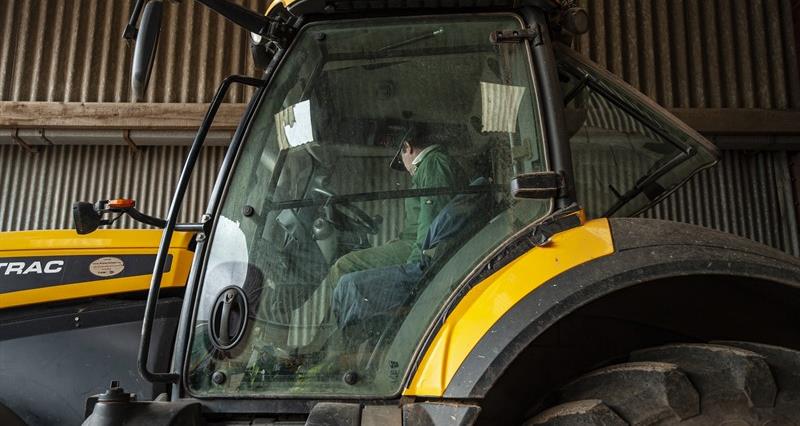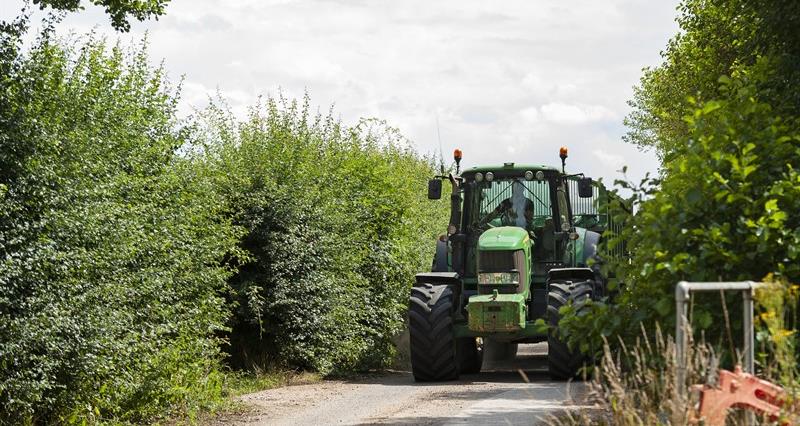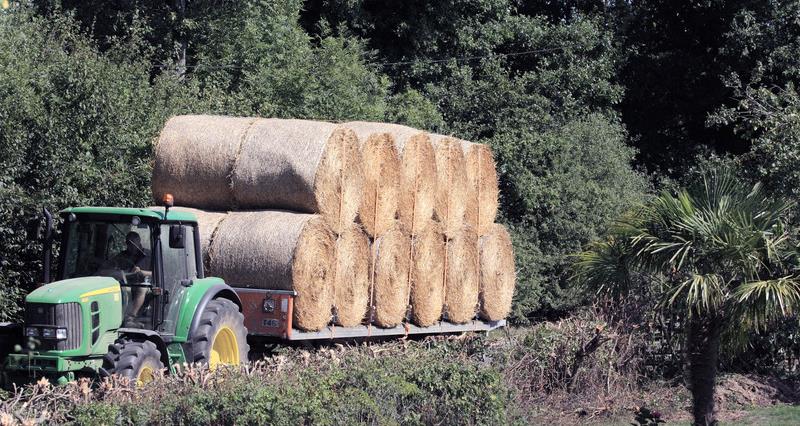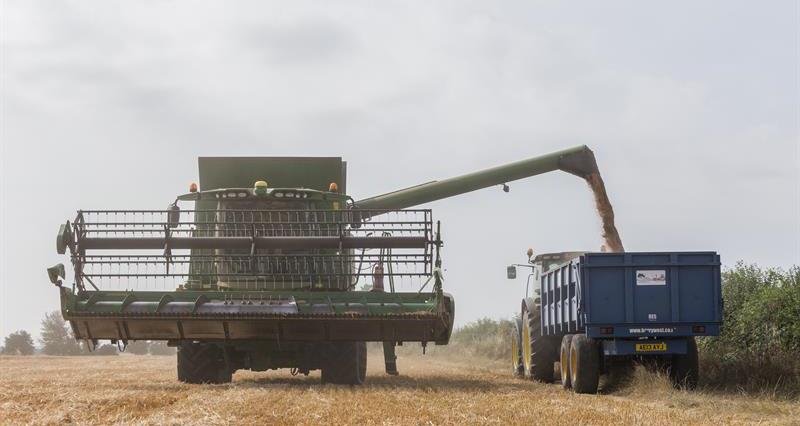It was that it is unlikely that the incident would have occurred if the hitch and coupling components had been checked and maintained to a reasonable standard.
While it appears that this incident did not involve a farmer, it is important to ensure that vehicles, including coupling mechanisms, are in a safe and roadworthy condition at all times.
Definitions
On this webpage, where applicable, “tractor” refers to any agricultural vehicle or machine with the ability to tow and “trailer” refers to any trailer used for agricultural purposes, trailed appliance or towable implement.
Hitch maintenance
In line with the , equipment, vehicles and machinery must be safe and suitable for the intended use. Hitches must also be maintained and used in accordance with the manufacturer’s specifications.
Hitches must be checked, as part of regular inspections of the whole tractor and trailer before use, to assess any wear and check for potential damage.
Excessive wear on hitches can result in failure and inspections should be undertaken in line with the manufacturer’s specification to ensure that they are in working condition and in line with recommended limits.
Hitches must not be used if damaged or if the amount of wear is beyond the accepted limit and must be replaced and subsequently inspected by a competent person before both the tractor and trailer parts of the hitch can be used again.
Breakaway systems
Breakaway systems are designed to act as a failsafe in the case where a trailer might detach from the tractor unit unintentionally. Breakaway systems must be present, in safe working order and employed whenever moving a trailer behind a tractor.
When hitching up the tractor and trailer it is essential to connect all hydraulic or pneumatic braking systems, hydraulic operating systems, lighting systems and breakaway systems.
The operator must ensure all connections are working as per the manufacturer’s instructions.
Regular inspecting and testing can help to detect any defects in a timely manner.
Prevention of wear to hitches
Hitch types that may suggest they reduce shunting are not a guarantee that wear will not occur. Wear of any hitch type will impact the security and safety of that hitch.
Efficient and effective tractor and trailer braking systems are essential to the management of wear on hitches and the safety of the tractor and trailer.
Braking efficiency dictates the rate at which the brakes are able to stop the tractor and the trailer. If either part of the combination is stopping at a different rate to the other part, wear will occur as the trailer will shunt when the combination is braking.
Standard tractors and trailers are required to have a minimum braking efficiency of at least 25%.
High-speed tractors and trailers are required to have a minimum braking efficiency of at least 50% for the tractor and at least 45% for the trailer.
High-speed trailers must meet the following requirements:
- Fail safe breakaway system.
- 10 commercial stud axles.
- Suspension.
- Dual-line braking system.
Acceptable means of testing brake efficiencies are:
- Roller brake test.
- Decelerometers with use of temperature gauges.
- Electronic Brake Performance Monitoring System.
For additional information on tractor-trailer braking systems, see the .
Hitch types
Ring/Hook-eye hitch

Photograph: Sergey Ryzhov / Alamy
This is possibly the most common form of hitch on an agricultural trailer. This hitch does not require external assistance and can be hitched and unhitched directly from the cab.
The hook of the hitch on the tractor, goes through the eye of the hitch on the trailer. The tractor drawbar attached to the hook is then retracted towards the tractor locking the eye into place.
Ball-spoon hitch

Photograph: Sam Ewbank
This hitch type is a similar design to those seen on road-going vehicles, however, specifically designed agricultural ball and spoon hitches seem to be becoming more popular on agricultural trailers.
This hitch type does not require external assistance and can be hitched and unhitched directly from the cab.
The ball of the hitch on the tractor is scooped under the spoon of the hitch on the trailer, so that the spoon covers the whole of the ball. The ball is then retracted towards the tractor locking the spoon into place.
Pin hitch

Photograph: Zhanna Tretiakova / Alamy
This hitch may be more commonly seen on older models of trailers.
This hitch requires external assistance.
The hitch consists of three eyes, one on the trailer and two vertically aligned on the tractor.
The trailer eye sits between the two tractor eyes and is secured in place by the hitch pin inserted through the centre of all three eyes, which is secured in place by a retaining clip, to prevent the pin from moving upwards through the eyes.




